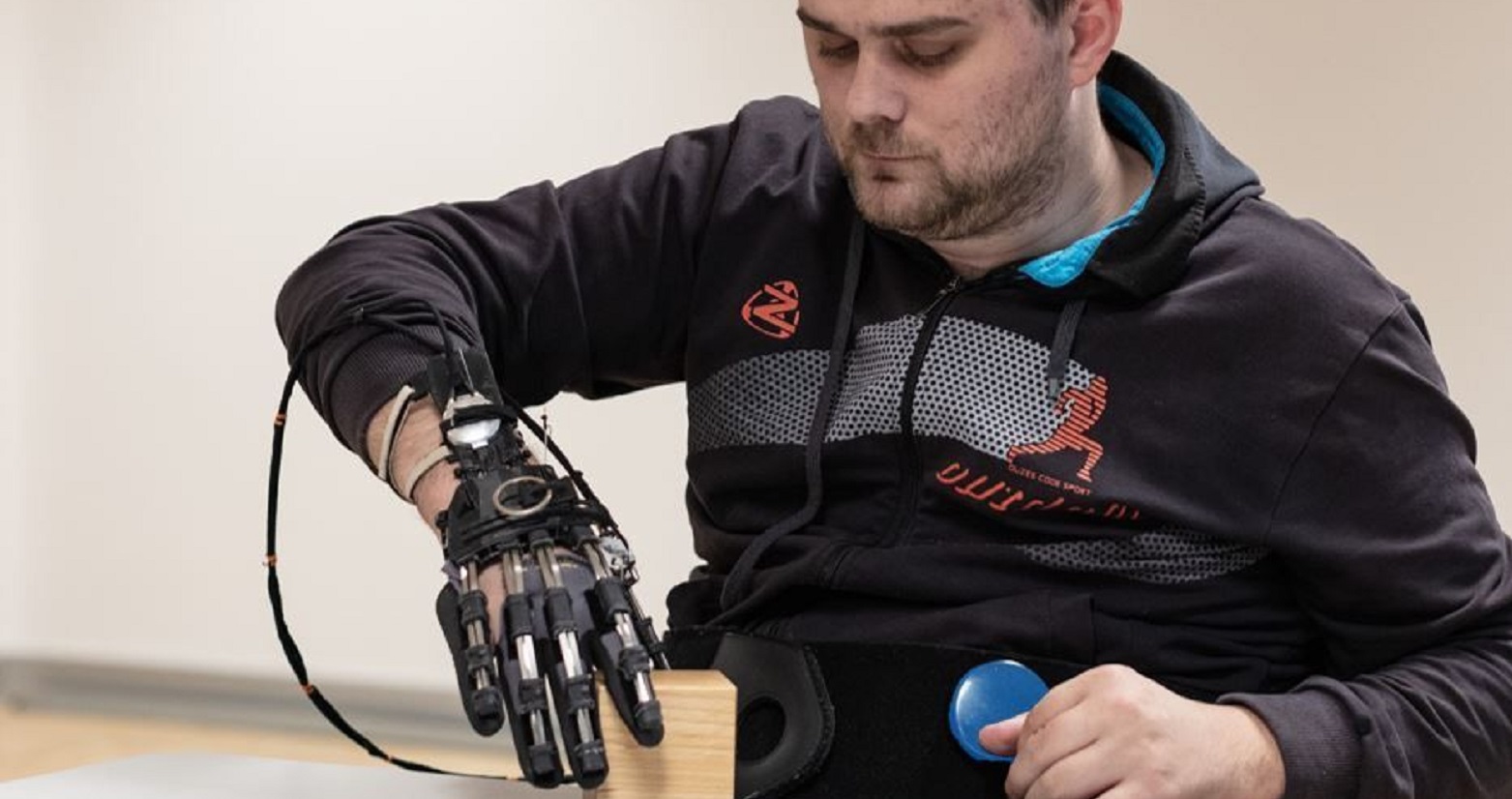Examining the usability of robotic orthoses for everyday adoption
Researchers from FHT & ETH Zurich reviewed and evaluated intention detection strategies for upper limb robotic orthoses.

Wearable robotic upper limb orthoses are promising devices to assist or enhance upper-limb function.
While there have been improvements in the functionality of these devices, what remains a challenge is reliable detection of the user’s intention to control the device.
This also makes it difficult for such devices to be accepted among end users.
Researchers from FHT and ETH Zurich believe that intention detection strategy of such devices plays a key role in the adoption of upper limb orthoses.
They hypothesised that the intention detection strategy of wearable upper limb orthoses has a crucial impact on the overall usability of the device among users.
The team — which comprises Jessica Gantenbein, Jan Dittli, Jan T. Meyer from the Rehabilitation Engineering Laboratory at ETH Zurich, and Prof. Roger Gassert and Dr. Olivier Lambercy from the FHT Connected Rehabilitation Technology and Assistive Devices module — conducted a scoping review across 93 studies.
They identified non-invasive intention detection strategies applied to upper limb orthoses that have been evaluated with human participants, with a specific focus on evaluation methods and findings related to functionality and usability and their appropriateness for specific use cases in daily life.
The review provides recommendations on how to select intention detection strategies and design of evaluation protocols. It will be of interest to technology developers.
Gantenbein Jessica, Dittli Jan, Meyer Jan Thomas, Gassert Roger, Lambercy Olivier, "Intention Detection Strategies for Robotic Upper-Limb Orthoses: A Scoping Review Considering Usability, Daily Life Application, and User Evaluation", Frontiers in Neurorobotics, 2022, Vol 16, external page https://doi.org/10.3389/fnbot.2022.815693